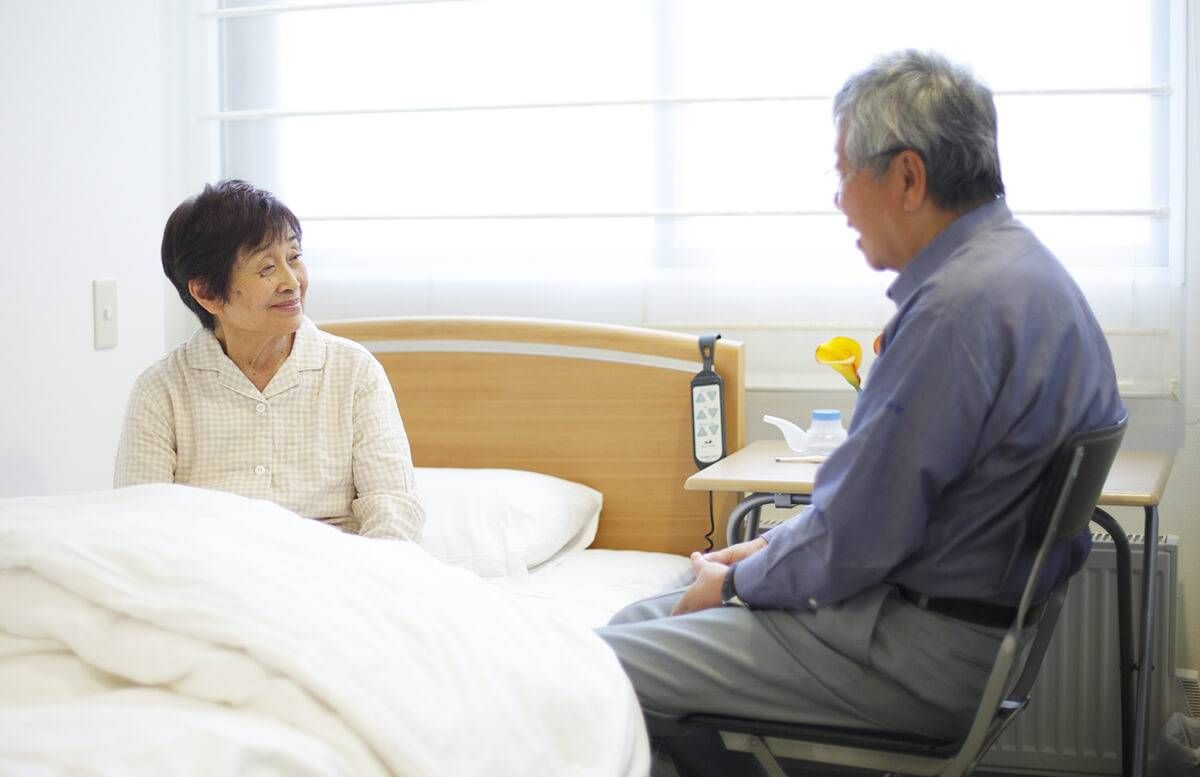7 Ways to Avoid or Reduce Medical Debt
Unexpected out-of-pocket health costs can be devastating
Kyle Alfriend’s life was going well in 2007. He had retired early at 44, but after three years, became bored and decided to start another real estate business. Thirty days later, his 15-year-old son was diagnosed with a rare form of leukemia.

Alfriend’s private insurance didn’t cover the costly experimental treatments, so he ended up selling all his assets and cashing out his retirement funds. “The only thing we kept was our primary residence,” Alfriend said. Even so, Alfriend still owed $750,000 in medical bills not covered by insurance.
“Friends told me I should file bankruptcy and I probably should have, but I needed my credit to rebuild,” Alfriend said. It took him five years, but he was finally able to pay off the massive medical debt. “In 2015, we were able to celebrate,” said Alfriend. “And my son is doing great.”
Alfriend is far from alone.
Staggering Medical Debt
Many Americans these days are finding themselves faced with staggering medical debt due to health bills not covered by insurance.
A Kaiser Family Foundation/New York Times survey in January 2016 found that one in five working-age Americans with insurance encountered problems paying medical bills in the previous 12 months. Of those, 31 percent said the total amount reached at least $5,000, including 13 percent who said it topped $10,000.
And 58 percent of those having difficulty paying medical bills have been contacted by a collection agency; 11 percent claim to have declared bankruptcy, citing medical bills as a contributing factor.
7 Steps to Reduce or Avoid Medical Debt
Whether you’re being hit with a few hundred dollars or a few hundred thousand dollars, there are seven steps you can take to reduce, or stay out, of medical debt:
1. Know your health insurance coverage inside and out. Says Sarah O’Leary, consumer health care expert and founder of Exhale Healthcare Advocates: “Know which health care providers are ‘in-network.’ Call your insurance company prior to any non-emergency health care engagement to make certain of your coverage and that you have any necessary pre-certifications in place.”
O’Leary added that she has seen cases in which the surgeon was in network but the lab was not, which can end up costing a patient thousands of dollars.
2. Learn about the possible cost of an upcoming treatment or procedure: Paying for medical care is like anything else. “You wouldn’t make any other major purchase without shopping around or knowing the price upfront,” said O’Leary. “An MRI on one side of Main Street might be $3,000, and on the other, $300 for the same test.” O’Leary said the free tool, Healthcare Bluebook, can help you find the best prices. Of course, you also want to get the best care you can, too. So learn as much as you can about the quality of the health care provider before committing.
3. Use a preferred pharmacy. It’s part of a network of pharmacies that charge lower costs for particular medications. “In the past, pharmacies used to compete based on their location. Now, they are competing on pricing and quality,” said Dr. J.R. Woody, founder and chief medical officer of Legacy ER & Urgent Care, headquartered in Plano, Texas. “Typically, a preferred pharmacy network is the way to go because they provide the patient lower prices on prescription drugs and reduced dispensing fees.”
Woody said a prescription that costs $50 at a local pharmacy could cost $100 if your health plan doesn’t include a preferred pharmacy network.
4. Confirm the accuracy of your medical bills before paying them. O’Leary recommends never paying one until all your bills for the treatment or procedure are in and you’ve confirmed what your insurance should have paid. “Americans pay an estimated $58 billion per year that they shouldn’t have paid and didn’t owe,” said O’Leary.
5. Try to negotiate your medical bills. Once your bills come in, you may be able to work with your doctor or hospital to lower them, as Alfriend did.
6. Build an emergency fund. “If you are looking to keep yourself out of medical debt, then it is essential to open this fund and never touch it. This fund should be intended for emergencies only, such as out-of-pocket medical expenses,” said Leslie Tayne, an attorney and author of Life & Debt.
7. Enroll in your Health Savings Account (HSA) at work if you’re eligible for one. An HSA is a tax-favored account designed for employees with high-deductible health plans that helps you pay uncovered medical, dental, vision and pharmacy expenses. In 2016, HSA holders can save up to $3,350 or $6,750 for a family ($1,000 more for both for people 55 and older) and those contributions are tax-deductible. In 2017, the limits will be $3,400 and $6,750.


